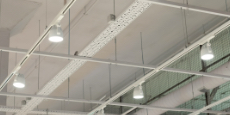Commercial new construction

Resources for developers to build energy-efficient buildings
As a leader in energy management, we can help building owners, developers and the design industry create high-performance, energy-efficient buildings by providing resources and technical assistance.
Learn about the program
Related programs
![]()


